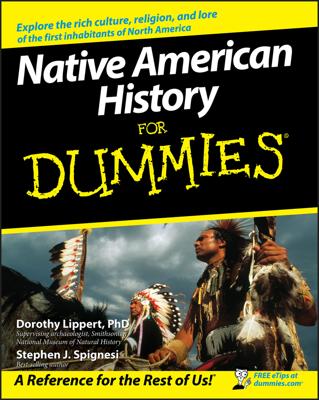A Native American name for Andrew Jackson was “Long Knife,” and not because they considered him a swell guy. For his part, Jackson contended he didn’t hate the Native Americans despite the fact that as a soldier he had killed them and burned their villages. He just didn’t want them where they would be in the way.
Therefore, Jackson wholeheartedly supported a policy (actually started by Pres. James Monroe) to systematically move all the Native Americans east of the Mississippi River to west of the Mississippi, or off the fertile acreage of the river valley and onto the dusty prairies of what is now Oklahoma.
In 1830, Congress passed the Indian Removal Act and set aside $500,000 for the task. By the time the odious job was done in the 1840s, more than 100,000 natives had been moved off more than 200 million acres of real estate.
Proponents contended the forced exodus was a humane gesture, because the only practical alternative was to exterminate them. This conveniently ignored the fact that thousands of Native Americans did die — of disease, hunger, and exposure — on the forced marches, giving rise to the term Trail of Tears. Of all the nation’s leaders, only Henry Clay spoke out against the policy.
Two tribes, in particular, didn’t go easily. The Sauk and Fox tribe, led by Chief Black Hawk, originally crossed the Mississippi and then came back. Met by a large U.S. military force that included an Illinois militia volunteer named Abe Lincoln, the tribe surrendered after bloody fights in which women and children were slaughtered along with the native warriors.
In Florida, the Seminoles under Chief Osceola used the swamps and Everglades to fight for a decade before ultimately surrendering. The war with the Seminoles cost the U.S. military $20 million and 1,500 lives.
In the Southeast, the so-called civilized tribes of the Cherokee, Creek, Choctaw, and Chickasaw had actually been pretty adaptable to the encroaching white man’s ways. They built roads and houses, raised cattle, and farmed. Some even owned slaves.
When the state of Georgia tried to force the Cherokee off their land, they appealed to the U.S. Supreme Court, which ruled in their favor. But the ruling didn’t help; what the state couldn’t do, the federal government could. By the end of the 1840s, most of the Native Americans in the eastern United States were gone.

